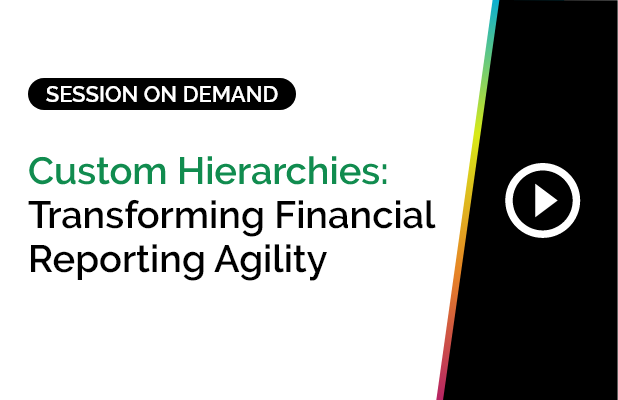When a purchase requisition sits unapproved or a supplier payment is delayed due to a missing receipt, most teams treat it as routine. But these small breakdowns, multiplied across a business, can quietly erode financial health.
Exceptions in the Procure-to-Pay (P2P) process, such as approval delays, mismatches, off-contract purchases, or late payments, cause friction across finance and procurement. The question is: can you spot them before they become costly?
What Are P2P Exceptions?
Exceptions are disruptions that prevent a smooth flow from procurement to payment. They often occur as:- Approval delays for requisitions or POs
- Purchases outside approved contracts
- Missed or overdue goods receipts
- Invoices placed on hold
- Late payments
Why Do They Happen?
Common causes include:- Overloaded or unavailable approvers
- Incomplete procurement documents
- Manual processing
- Poor communication across teams
- Disconnected systems
What Visibility Changes
Visibility into P2P exceptions transforms exception handling from reactive to proactive. Here’s how it helps:1. Better Decisions
Know the root cause, not guesses but facts. Understand why invoices are stuck or spend is out of policy.2. Faster Resolution
Surface delays and bottlenecks in real time. Reduce rework and shorten cycle times.3. Stronger Supplier Collaboration
Address issues early and with transparency. Avoid disputes and missed opportunities.4. Cost Control
Limit off-contract purchases, prevent interest penalties, and enforce negotiated pricing.5. Compliance Confidence
Track policy adherence and provide auditors with accurate, timely data.Metrics That Matter
Some of the metrics you can track to manage exceptions with precision :- Requisition and PO approval time
- Requisition to PO cycle
- PO to receipt time
- Receipt to invoice cycle
- Days Payable Outstanding (DPO)
- Percent of maverick spend
Real-World Results
- A U.S. port authority used exception analytics to reduce invoice aging by 25 percent in one quarter.
- A European media firm redirected 70 percent of maverick spend back to preferred vendors.













